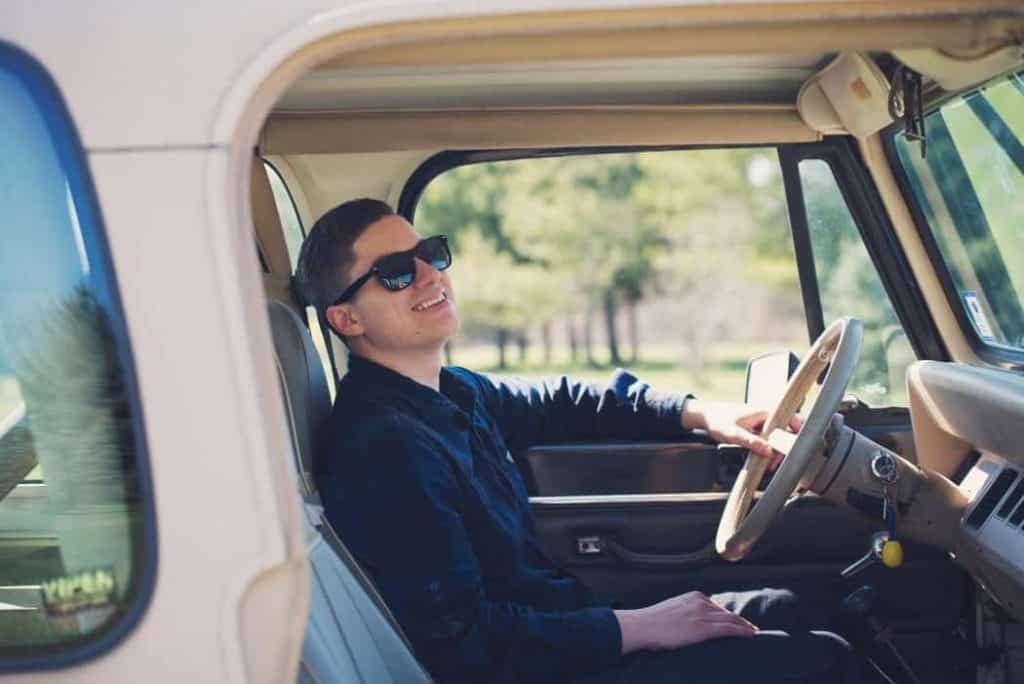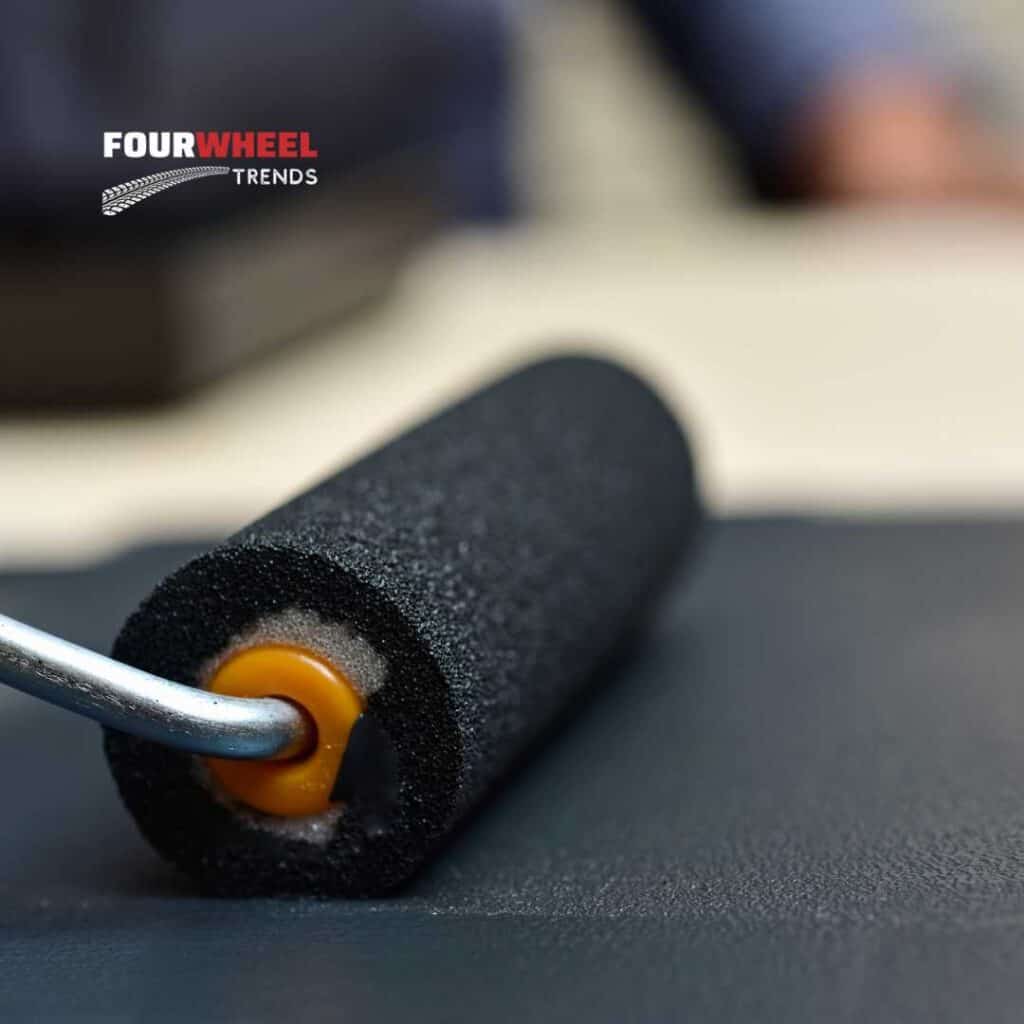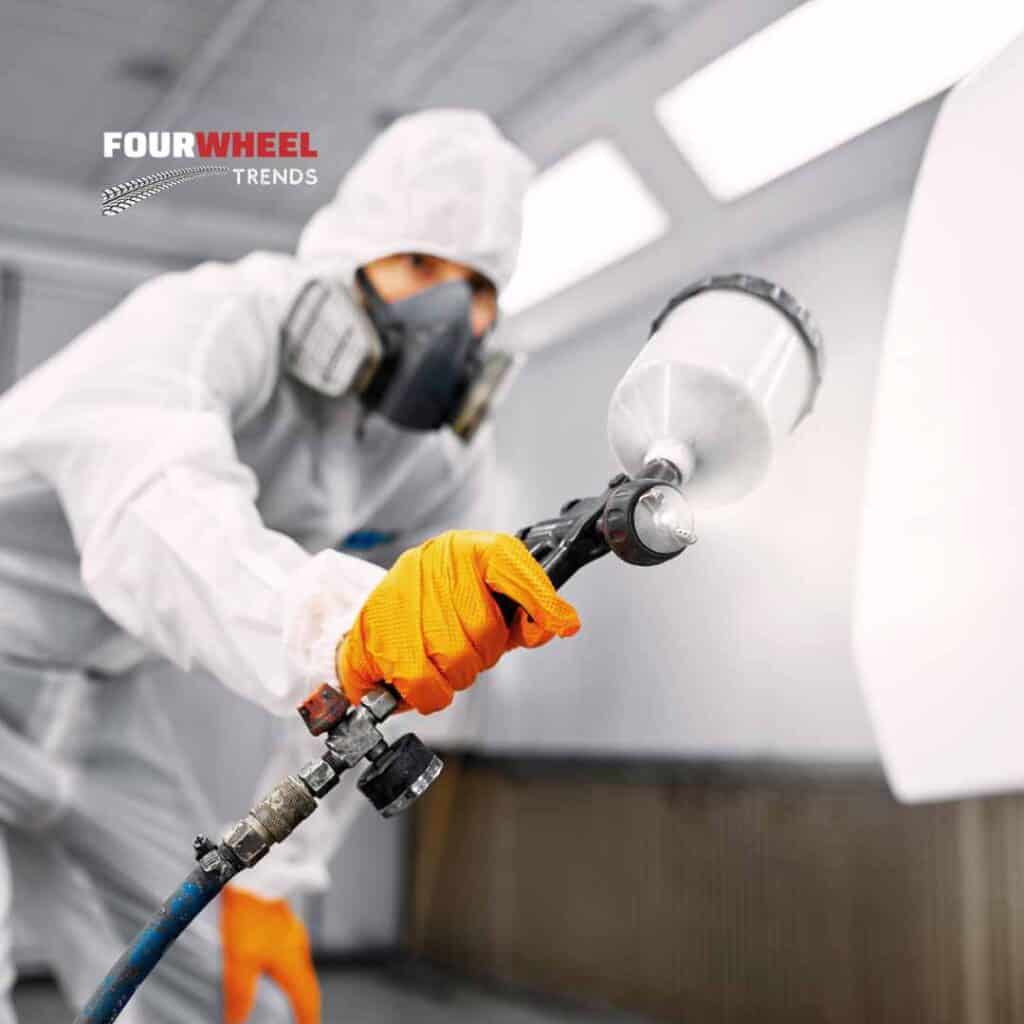Give Your Jeep Wrangler Hardtop a Fresh Look: 4 DIY Painting Methods to Try
From rattle cans to bedliners, discover the best ways to protect and personalize your hardtop for any adventure.

Painting a Jeep Wrangler hardtop can refresh your vehicle’s look and protect it from wear. Whether you’re going for a custom color, restoring a faded surface, or just updating the top, there are several ways to tackle this DIY project.
1. Rattle Can Method (Spray Paint)
If you’re on a budget or new to painting, spray painting (a.k.a. “rattle can” painting) can be a great option. With the right prep and products, it’s possible to achieve a sleek finish.
What You Need:
- Automotive-grade spray paint (in your preferred color)
- Sandpaper (120-320 grit)
- Primer
- Clear coat spray (optional for added durability)
- Painter’s tape and plastic sheeting
Steps:
- Prep: Start by removing the hardtop from the Jeep if possible. Clean the top thoroughly to remove dirt, grime, and oils. Sand down the entire surface with 120-320 grit sandpaper to help the paint adhere. Wipe the surface with a damp cloth to remove sanding dust.
- Prime: Apply an even coat of primer spray, specifically one that adheres to plastics. Wait for it to dry completely before moving to the next step.
- Paint: Once primed, apply multiple thin coats of your chosen spray paint color, letting each coat dry for 15-30 minutes. Avoid heavy coats to prevent dripping.
- Clear Coat (Optional): After the final coat dries, add a clear coat to protect the paint job and give it a glossy finish.
Pros: Affordable, easy for beginners, wide range of color options.
Cons: Less durable than other methods; may need touch-ups over time.
2. Roller Method
Using a paint roller offers an alternative that gives solid coverage without the overspray or fumes of spray paint. This method can achieve a rugged, textured look, making it ideal for those looking for a unique finish.

What You Need:
- Urethane or rubberized paint
- Paint roller (smooth or foam, depending on finish preference)
- Sandpaper (120-320 grit)
- Painter’s tape and plastic sheeting
Steps:
- Prepare: Just like the spray-painting method, start by removing the top and sanding the surface. Clean off dust and debris for the best results.
- Tape and Protect: Cover any parts you don’t want painted, like windows and seals.
- Paint: Pour a small amount of paint onto the roller and apply in even strokes across the surface. Use long, straight passes to keep it smooth.
- Drying Time: Urethane and rubberized paints can take longer to dry, so let it sit overnight to avoid smudges.
Pros: Low overspray, great for textured finishes, very durable.
Cons: Limited color selection, can be labor-intensive, not ideal for smooth finishes.
3. Professional Spray Gun Method
For the highest quality finish, a professional spray gun and automotive paint can make a huge difference. This is the same method auto body shops use and yields professional-grade results.
What You Need:
- Automotive paint and primer
- HVLP (high-volume low-pressure) spray gun
- Air compressor
- Sandpaper (120-600 grit)
- Respirator mask, painter’s tape, and plastic sheeting

Steps:
- Disassemble and Sand: Remove the hardtop and sand with a range of grit, finishing with a finer 600-grit to make the surface ultra-smooth.
- Mask and Prep: Use painter’s tape and plastic to protect any parts you don’t want painted.
- Prime and Paint: Prime the surface with a compatible primer for automotive paint. Then, using the HVLP spray gun, apply multiple thin coats of paint, allowing each to dry as per manufacturer’s instructions.
- Finish with Clear Coat: Apply a clear coat to add a protective layer that also enhances shine and durability.
Pros: High-quality, long-lasting finish, custom color matching available.
Cons: Higher cost for materials, requires equipment and skill.
4. DIY Bedliner Method
Bedliner is known for its durability and rugged, textured finish, making it a perfect option if you’re planning on heavy off-roading. Bedliner paint can be applied with a brush, roller, or spray gun.
What You Need:
- Bedliner paint (spray can or roll-on)
- Sandpaper (120 grit)
- Masking supplies
- Optional: Clear UV-resistant topcoat (some bedliners fade without it)
Steps:
- Sand and Clean: Roughly sand the surface to help the bedliner grip. Clean thoroughly.
- Mask: Use painter’s tape to cover windows, rubber seals, and any area you don’t want textured.
- Apply Bedliner: Bedliner can be rolled, brushed, or sprayed depending on your kit. Apply thick, even layers to ensure even coverage.
- Drying Time: Bedliner takes time to cure completely, so keep your Jeep under cover and out of rain or dust for 24-48 hours.
Pros: Highly durable, scratch-resistant, easy to maintain.
Cons: Heavier texture, limited to black or gray, more difficult to remove.
Final Touches
Once your hardtop is dry, reattach it to the Jeep and check for any missed spots or uneven areas. A quick polish or touch-up on these spots can help finalize the look.
Which Method is Right for You?
Your choice of painting method will depend on budget, experience level, and desired durability. For a simple refresh, spray paint will do the trick. For off-road durability, bedliner is the best option. And for a factory-level finish, consider investing in a professional spray job.
Each of these methods allows you to personalize your Jeep Wrangler hardtop and gives it added resilience against the elements—keeping it looking fresh and rugged on every adventure.
